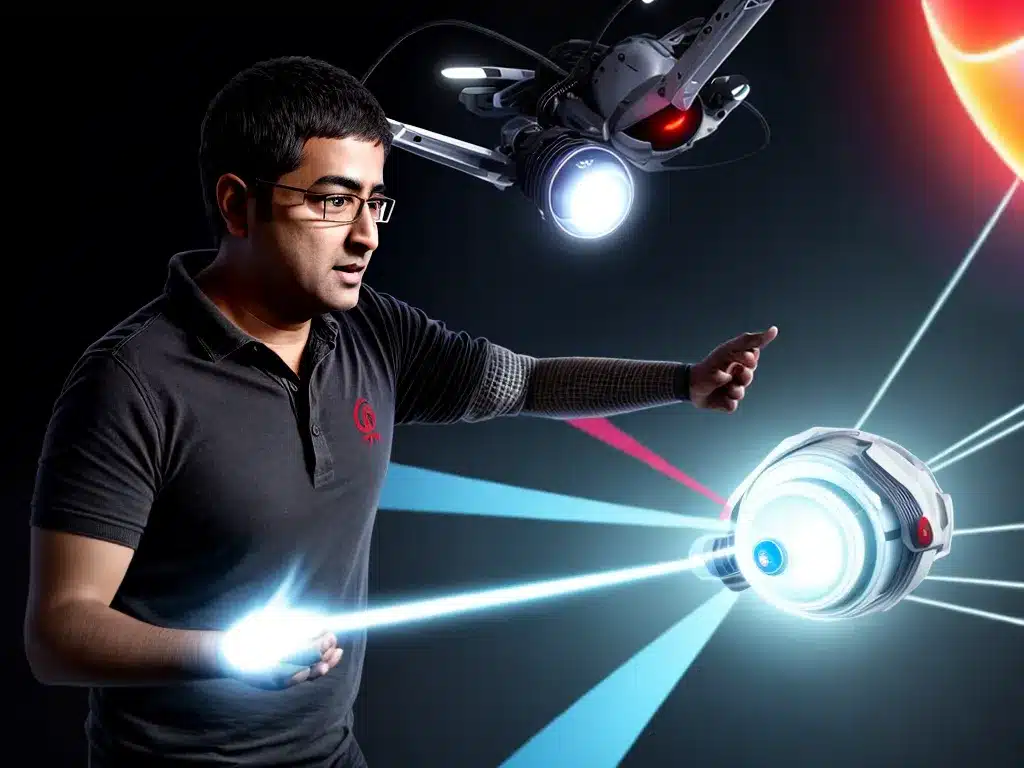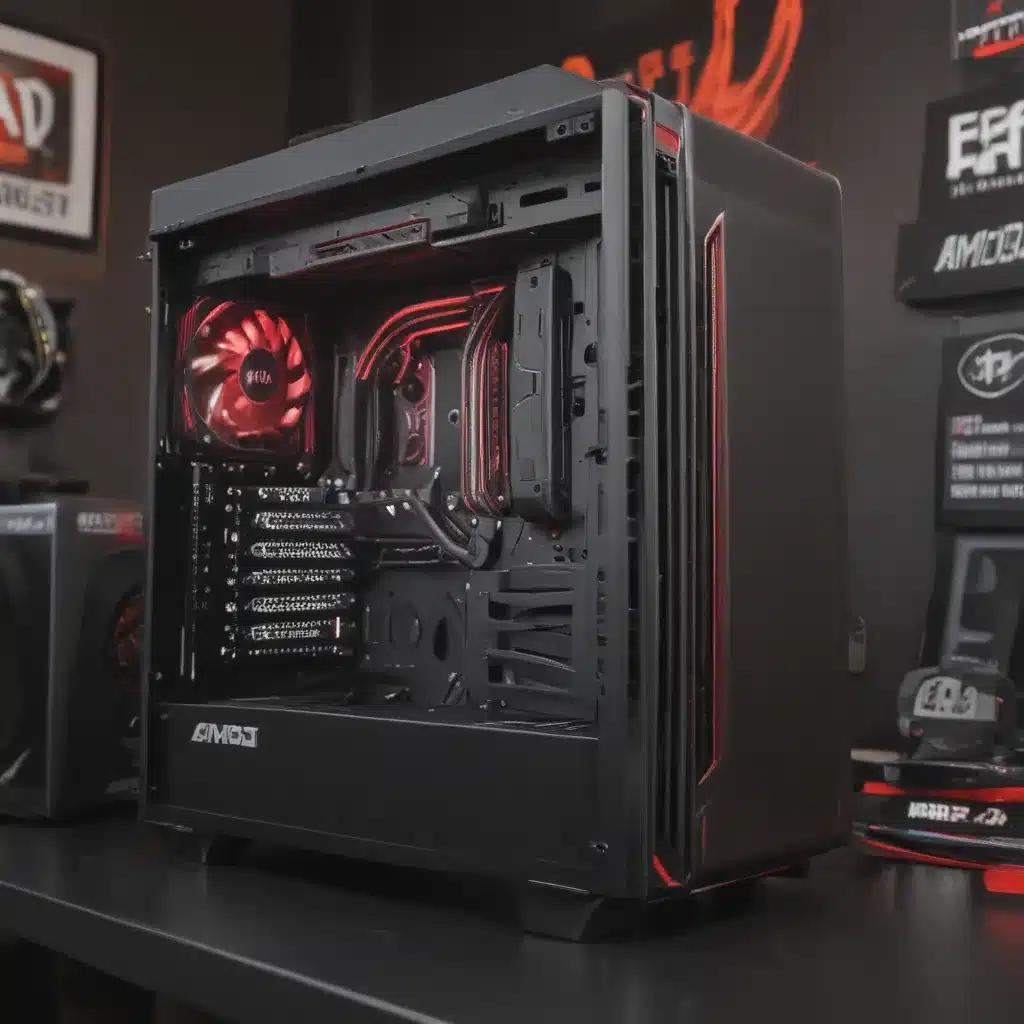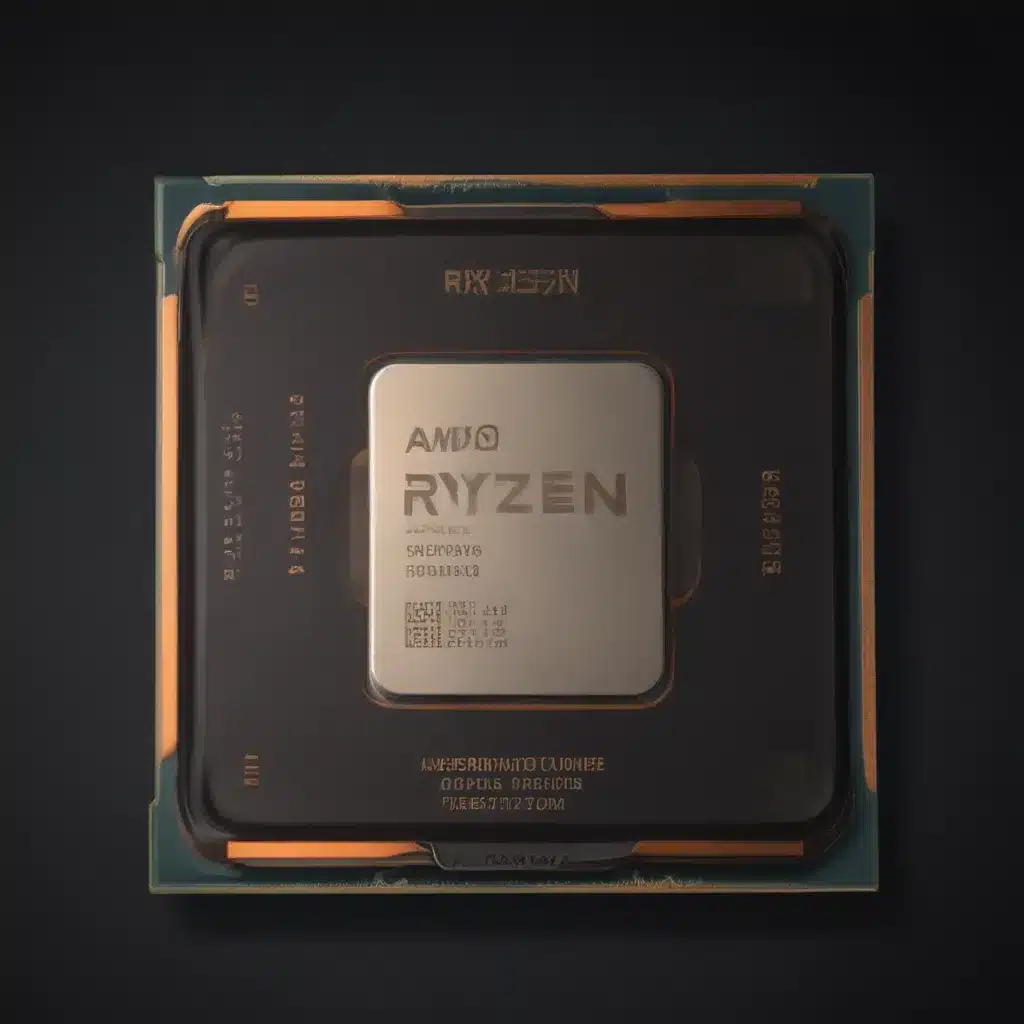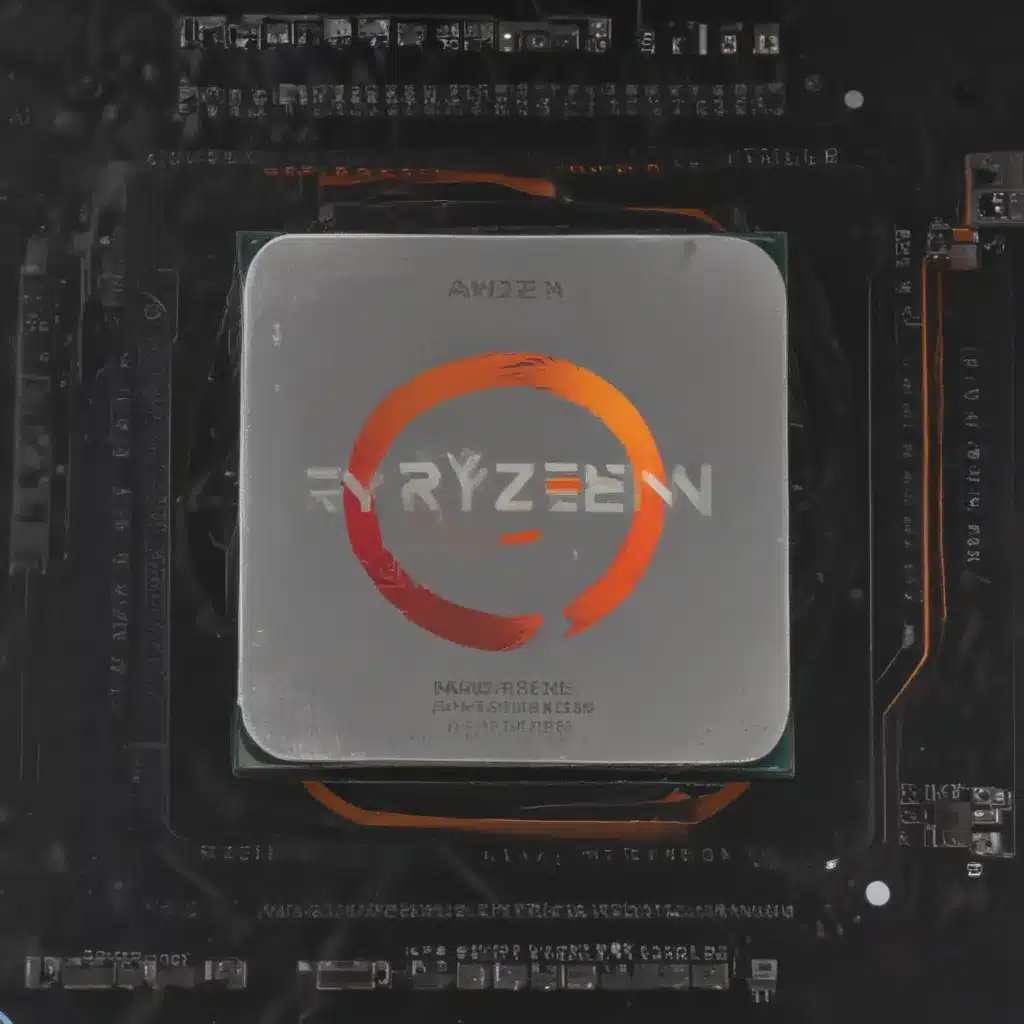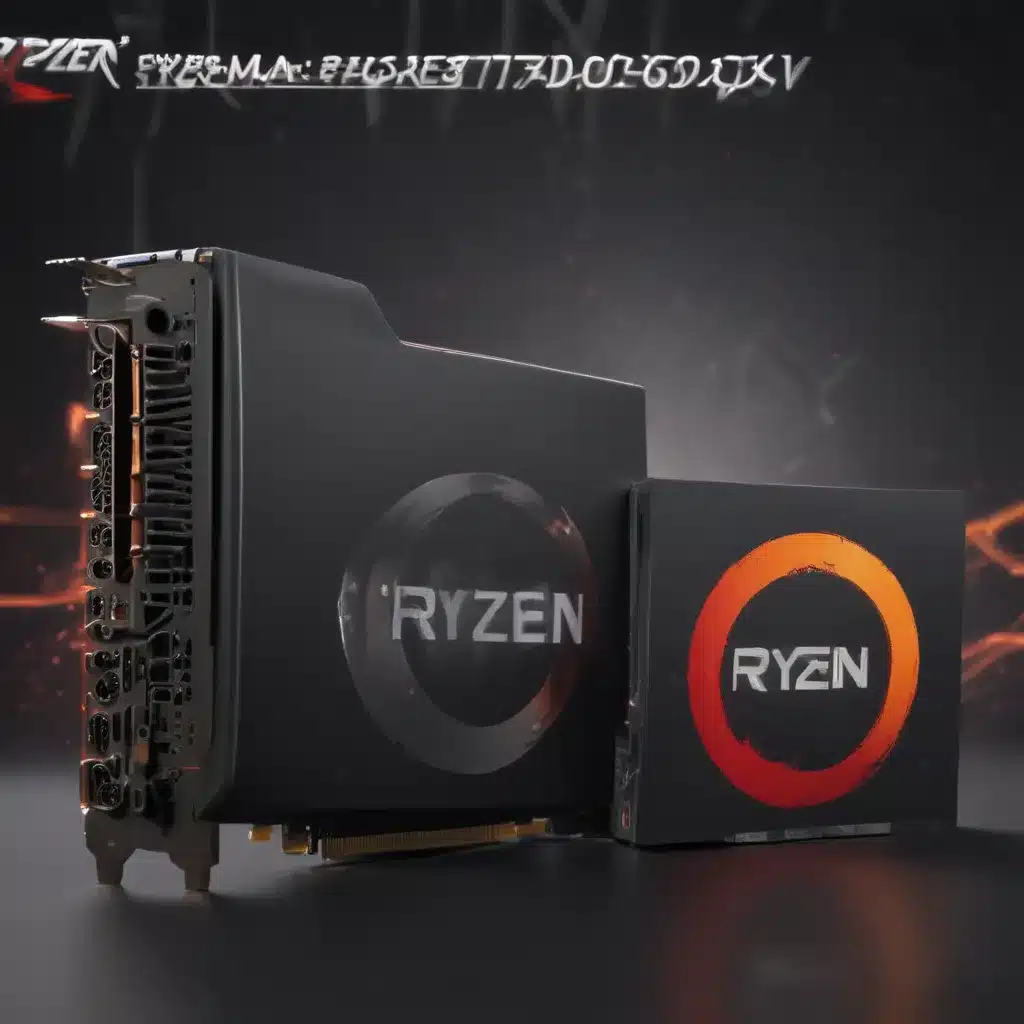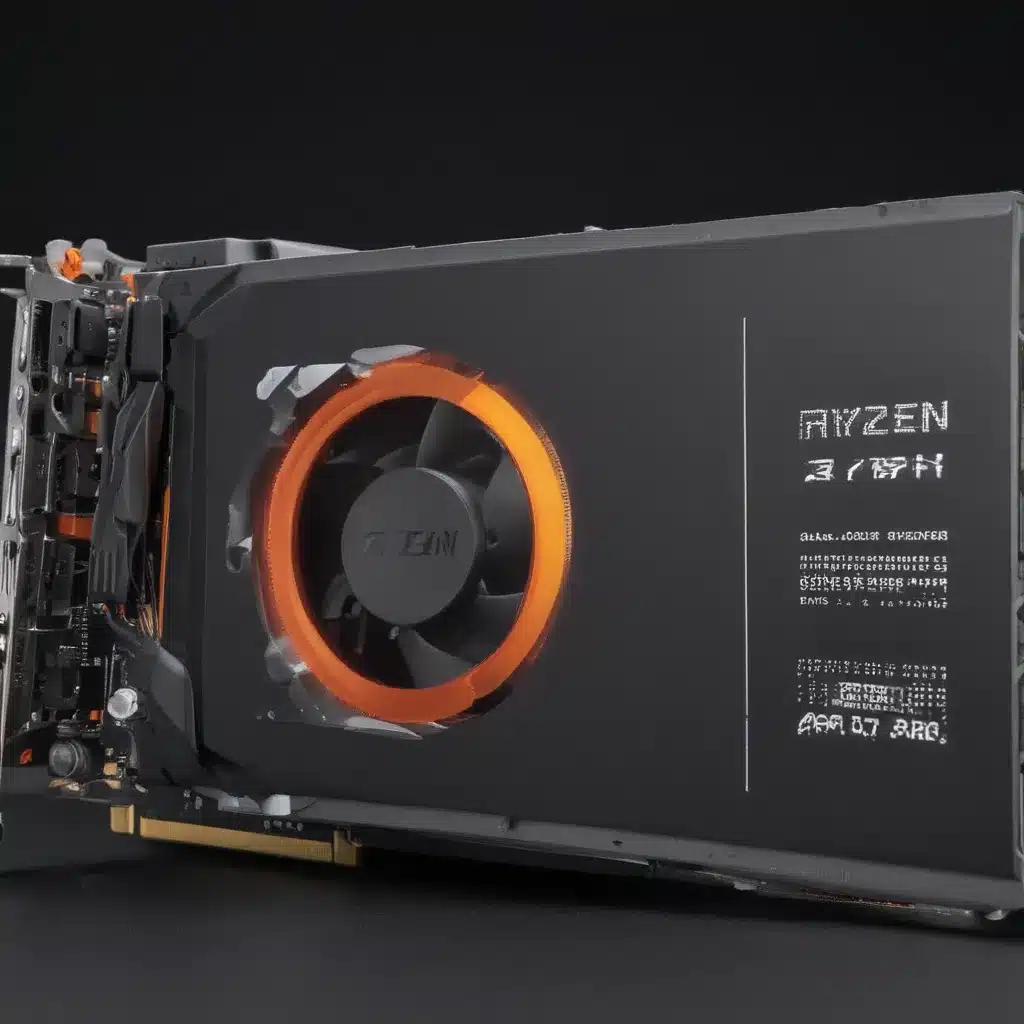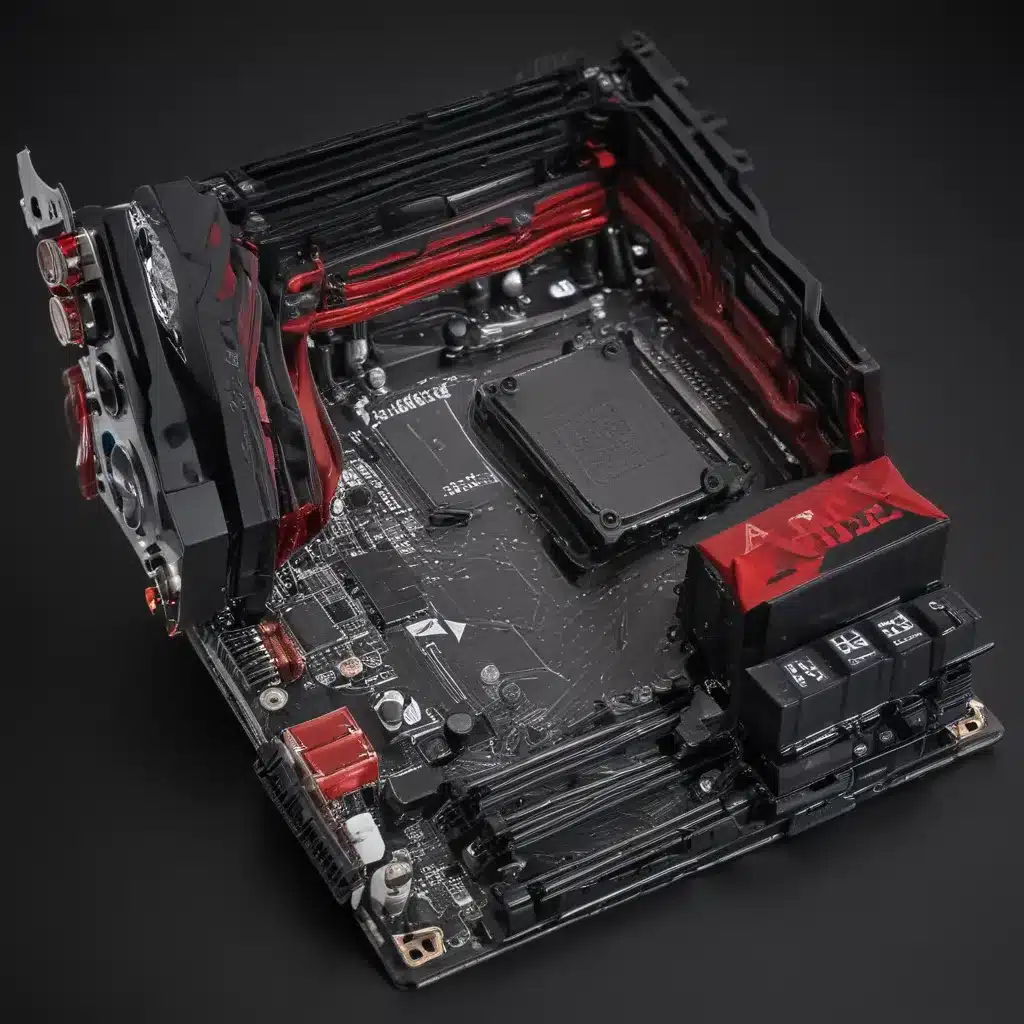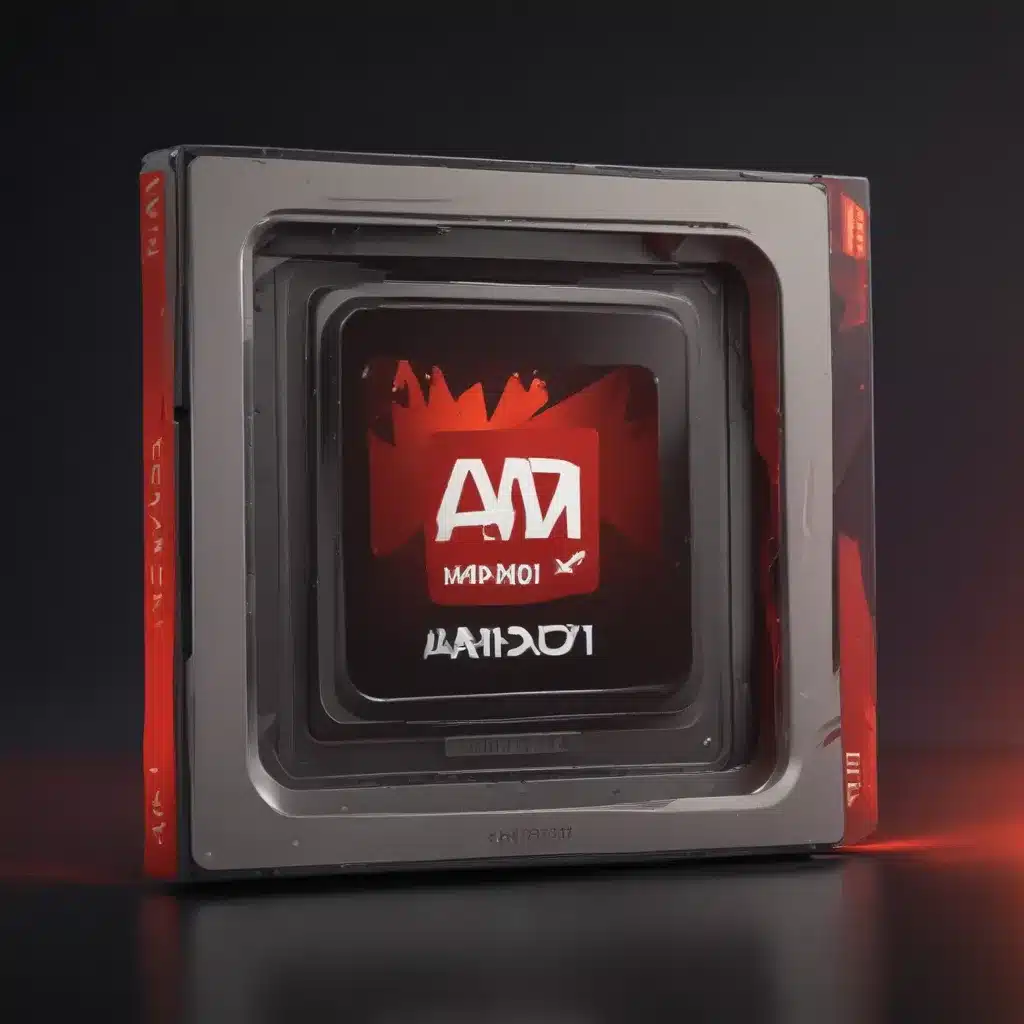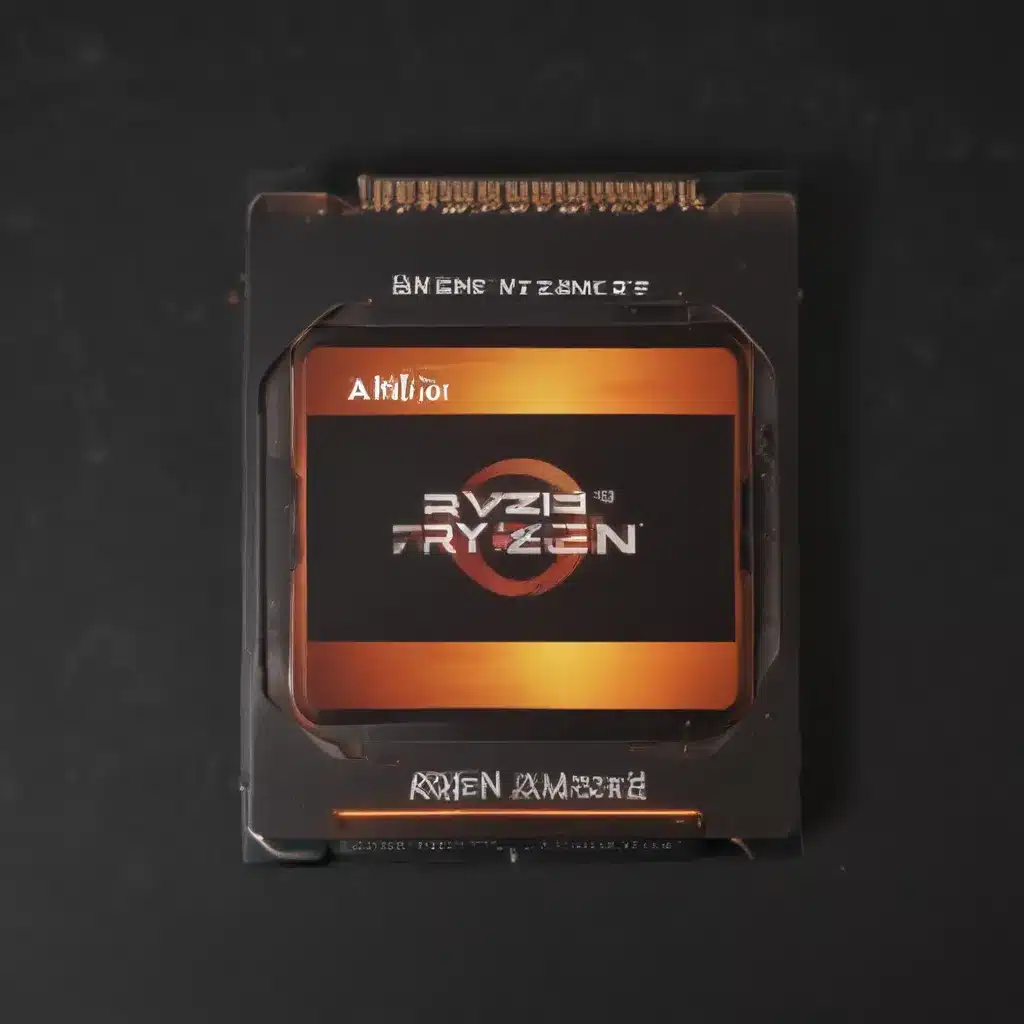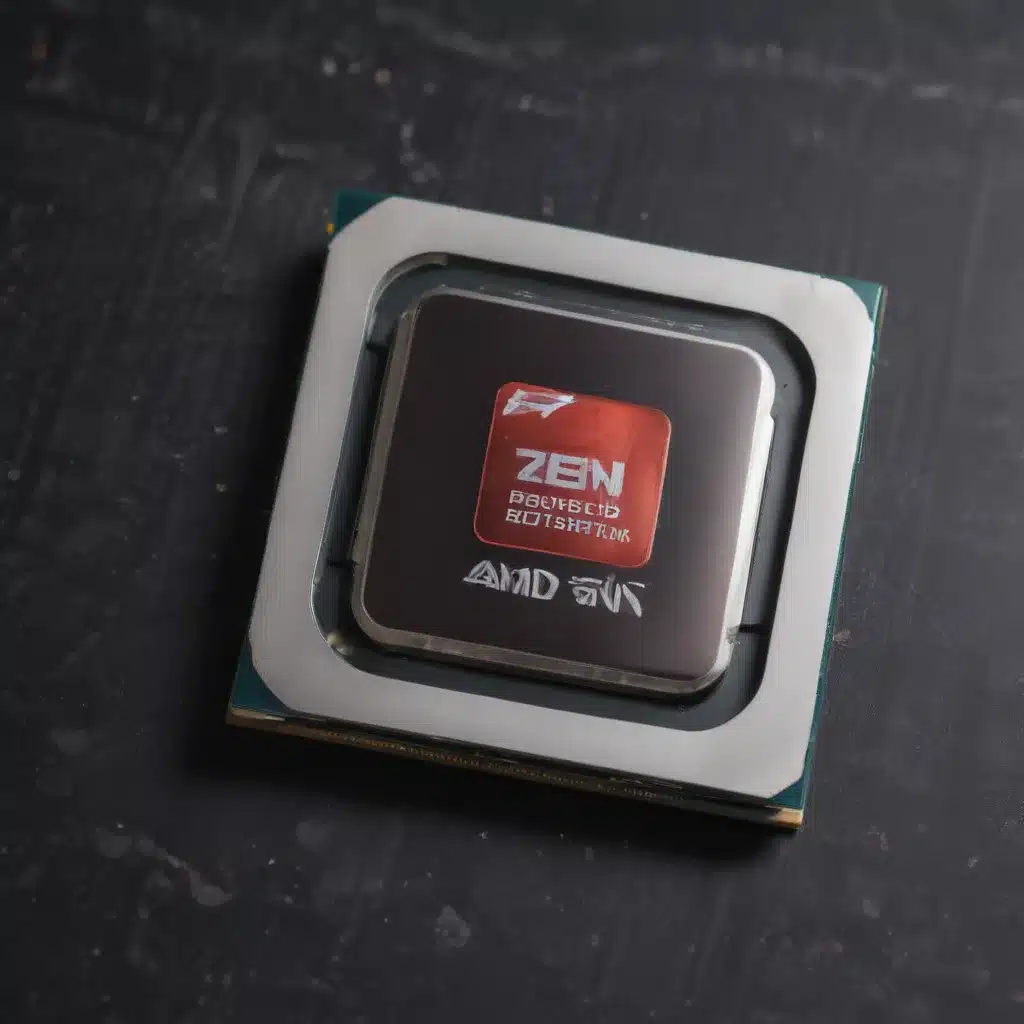Qualcomm’s upcoming flagship Snapdragon chip, codenamed “Snapdragon Rahul”, is rumored to include ray tracing capabilities for mobile devices. This has the potential to bring highly realistic lighting and reflections to future smartphones.
What is Ray Tracing?
Ray tracing is an advanced graphics rendering technique that can create incredibly life-like lighting, shadows, and reflections in digital images. It simulates the physical behavior of light by tracing individual light rays as they interact with objects in a scene.
Ray tracing calculates how light rays bounce and refract off surfaces. This allows it to accurately capture complex optical effects like reflections, refractions, shadows, global illumination and ambient occlusion. The end result is 3D graphics that appear strikingly realistic, with accurate soft shadows and reflections.
How Ray Tracing Works
- Rays are shot from the camera into the 3D scene
- When a ray hits an object, new rays may spawn
- Shadow rays
- Reflection rays
- Refraction rays
- Lighting calculations are done for each ray interaction
- Multiple rays are traced for each pixel to capture all light interactions
- Ray tracing simulates real light propagation for true-to-life rendering
This contrasts with traditional rasterization techniques which rely on pre-programmed lighting effects and textures. Rasterization is faster, but unable to match the realism of ray tracing.
Ray Tracing on Smartphones?
Bringing ray tracing to smartphones would allow mobile games and applications to render graphics with movie-like realism. Traditionally, ray tracing required specialized hardware only found in high-end PCs and game consoles.
The Snapdragon Rahul chip is rumored to contain a ray tracing engine customized for mobile devices. This could potentially enable real-time ray traced graphics on future Android smartphones.
Potential Benefits of Mobile Ray Tracing
- Greatly enhanced graphics, lighting and reflections in games
- More immersive augmented reality (AR) experiences
- Improved computational photography through ray traced image processing
- Ray traced graphics in apps beyond just games and AR
Challenges for Mobile Ray Tracing
However, there are considerable challenges to implementing ray tracing on smartphones:
- Ray tracing requires large amounts of computational power
- Battery efficiency limits mobile chip performance
- Advanced rendering techniques require optimization for mobile
- High display resolutions demand efficient scaling solutions
- Multi-ray techniques may be needed for acceptable frame rates
Qualcomm would need to specially design the Rahul chip’s ray tracing engine for efficient mobile usage. Advanced power management, intelligent optimizations and rendering techniques like variable rate shading could potentially make mobile ray tracing viable.
Qualcomm Snapdragon Rahul Ray Tracing Specs
Details are scarce, but rumors suggest the Snapdragon Rahul chip will contain:
- Custom ray tracing cores integrated into the GPU
- Hardware accelerated ray triangle intersection testing
- Support for hybrid rendering with rasterization
- Variable rate shading for optimal ray tracing performance
- AI based de-noising for ray traced graphics
- Ray tracing APIs for mobile game and application development
Qualcomm has filed various patents relating to mobile ray tracing over the past few years. Their custom solutions may lower the performance and power requirements enough to enable real-time ray tracing on smartphones.
The Future of Mobile Ray Tracing
Ray tracing on mobile chips opens up new possibilities for photorealistic graphics in smartphone games, apps and computing:
- Next-generation mobile games with cinematic CGI-quality visuals
- Immersive AR and VR scenes rendered with ray traced lighting
- Powerful computational photography using ray tracing techniques
- Lifelike video calls and avatars driven by real-time ray tracing
- Ray tracing assisted content creation on phones
Qualcomm bringing ray tracing to the Snapdragon Rahul would be a breakthrough for high-fidelity mobile graphics. However, it may take one or two chip generations before ray tracing is performant enough for widespread adoption. Either way, the future looks bright for stunningly realistic visuals on mobile platforms.

